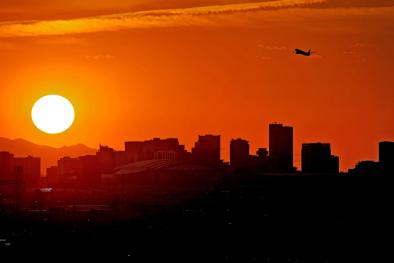Heat-Related Deaths — United States, 2004–2018
Study Key Findings
- During 2004–2018, a total of 10,527 deaths resulting from exposure to heat-related conditions were identified.
- Heat-related deaths varied from year to year, with highest rates observed over the 15-year period during 2006, 2011, and 2018.
- Although Arizona, California, and Texas account for only approximately 23% of the U.S. population, these three states accounted for approximately one third (3,852; 37%) of heat-related deaths among U.S. residents.
- Among all race/ethnicity groups, non-Hispanic whites had the highest number of heat-related deaths (6,602); however, non-Hispanic American Indian/Alaska Natives had the highest rate of heat-related deaths (0.6 per 100,000 population). Non-Hispanic blacks had the second highest number of heat-related deaths (1,965) and rate ( 0.3 per 100,000 population).
Study Abstract
Deaths attributed to natural heat exposure represent a continuing public health concern. Preparedness and response initiatives that limit exposure during periods of extreme heat can reduce mortality.
During 2004–2018, an average of 702 heat-related deaths (415 with heat as the underlying cause and 287 as a contributing cause) occurred in the United States annually. Natural heat exposure was a contributing cause of death attributed to certain chronic medical conditions, alcohol poisoning, and drug overdoses.
A coordinated approach across health care sectors to prevent heat-related mortality can include conducting syndromic surveillance, developing and implementing heat response plans, facilitating communication and education activities, and operating cooling centers.
Related Content





